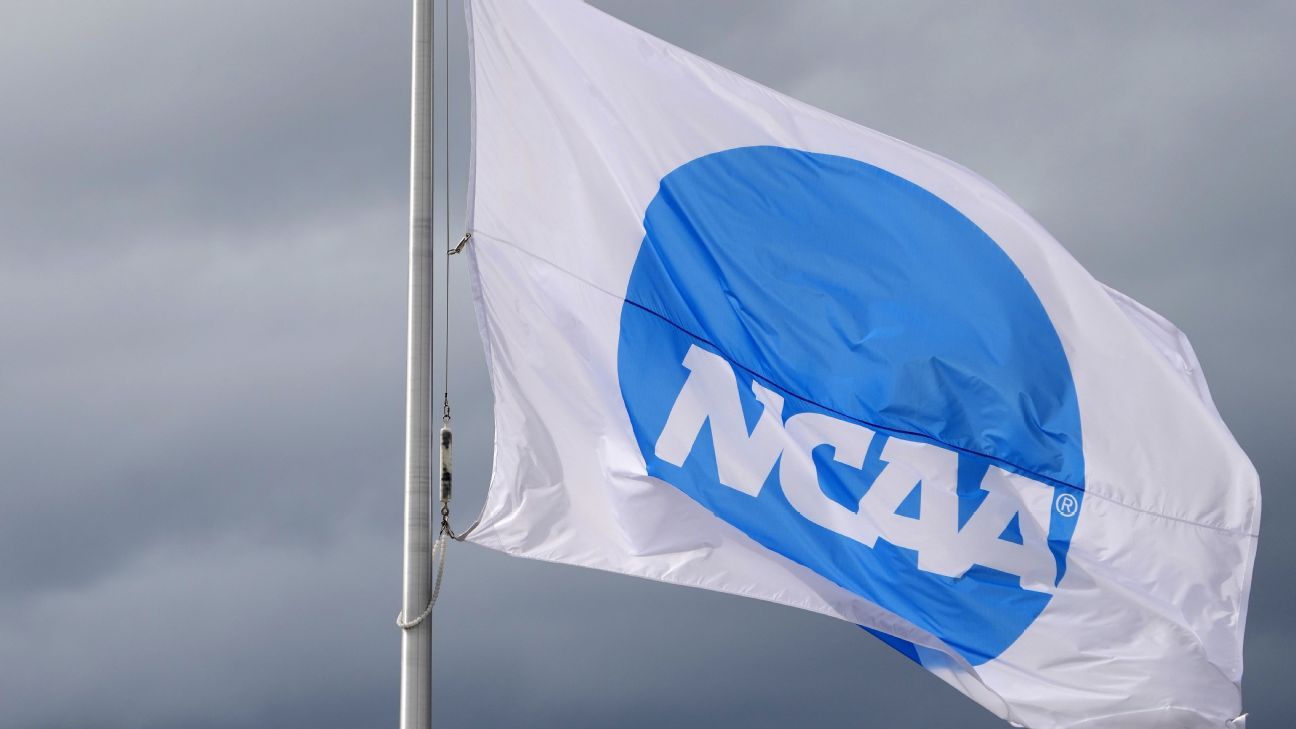The full settlement agreement of antitrust lawsuits involving the NCAA and college sports’ wealthiest conferences is expected to be filed with a federal court by the end of the week, an attorney for the defendants told The Associated Press on Tuesday.
“I expect that we will file Friday,” said Steve Berman, the Seattle-based attorney of the Hagens Berman law firm.
The NCAA, along with the Atlantic Coast Conference, Big Ten, Big 12, Pac-12 and Southeastern Conference, agreed May 23 to the framework of a $2.77 billion settlement of multiple antitrust lawsuits that were challenging limits on college athlete compensation.
In addition to the damages the NCAA will pay out to eligible former and current college athletes from the case known as House v. NCAA, the association and conferences have agreed to a plan to allow schools to share revenue generated by athletics with athletes. Schools will be permitted to divert about $22 million to their athletes starting in 2025, a number that is expected to rise as athletic revenues rise for power conference schools.
There were still plenty of details to work out for the revenue-sharing plan, most notably roster limits for sports that will replace scholarship limits. The conferences have been working both separately and together on roster limits.
“Yeah, there’s a lot to unpack in the House settlement,” Big Ten commissioner Tony Petitti told reporters at conference football media days in Indianapolis on Tuesday. “That new model is going to require a lot of changes in terms of how we operate. We now have a situation where schools can provide benefits directly to student-athletes. There’s a cap on that system. We have to monitor what schools are spending, so you need a reporting system there that doesn’t exist.”
Petitti would not provide details, but three athletic directors within power conferences have told the AP they expect the roster limit for football to land at 105 players. The current scholarship limit for major college football is 85. The athletic directors spoke on condition of anonymity because the conferences were not making their discussions public.
Berman said he was unsurprised the full term sheet was not ready to be filed in time to meet the 45-day deadline he requested.
“It’s both slow and what I thought because we’ve got five conferences plus the NCAA,” Berman said. “So you’ve got the conference lawyers and then they’re reporting to all their schools and the schools have lawyers, and they have presidents, many of whom are lawyers, and they’re all wanting to weigh in on every word.”
Berman said other than the pace of progress, the negotiations are going fine.
“We’re very close to wrapping,” Berman said. “The amount of disputes right now are tiny.”
After the full agreement is filed to the court for U.S. District Judge Claudia Wilken to consider, a motion will be made for preliminary approval from the court. Berman said a motion for preliminary approval typically gets granted.
Houston Christian University, a Southland Conference school that has been competing in Division I, has already filed a motion to intervene in the settlement. The school claims schools outside the power conferences will unfairly absorb in inordinate amount of the cost of the damages to be paid out over a 10-year period.
Schools in the non-power conferences have argued that more than 90% of the damages will be paid out to football and basketball players who have or are competing in conferences that were named in the lawsuit.
The NCAA will pay out the damages from operating costs, reserves, insurance and from withheld distributions to Division I conferences.
Berman said defendants have asked the court to dismiss HCU’s motion.
“There’s no publicly filed agreement to be challenging at the moment,” he said. “So we thought it was premature, among other defects.”
Berman said if and when preliminary approval is granted, they can start the process of letting athletes know how much of the damages they will be eligible to collect. He said it’s a complicated formula because thousands of eligible athletes fall into many different categories.
“So the way this is going to work out is that at some point like 60, 70 days from now, after the notice goes out, if you’re an athlete, you’ll be able to get on a website and put your name in and the website will tell you how much you’re going to get out of the settlement,” Berman said.
